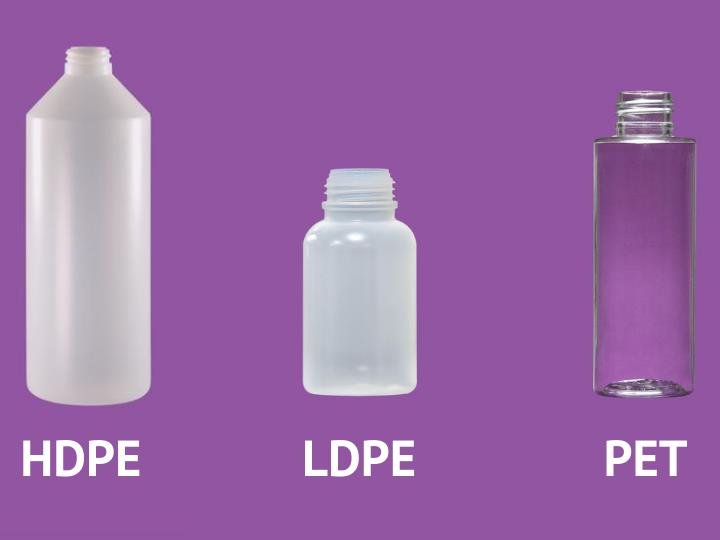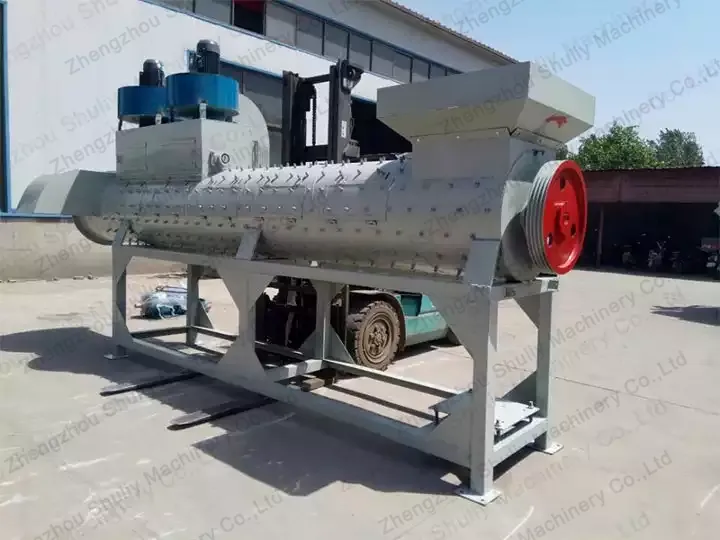What are recyclable plastics?
PETE
Pete (or PET) is the abbreviation of polyethylene terephthalate. it’s also common recyclable plastic. Most soda bottles, water bottles, and other types of food packaging use PET as raw material. Its transparency makes it a substitute for glass. Because of its lightweight and durability, pet plastic is very popular.
Pet is very easy to recycle and is usually reused in the production of bottles or polyester fibers. In Europe, the recovery rate of PET bottles is 52%. Pet is currently the plastic with the highest recovery rate in the world. Many countries use plastic bottle recycling lines to recycle waste PET bottles.

HDPE
HDPE is the abbreviation of high-density polyethylene. This kind of plastic is most commonly used in packagings, such as milk bottles, washing powder, hair care products, and cleaning products. It is harder than many other plastics and is more resistant to physical and chemical damage. Therefore, it can withstand extreme temperatures. High-density polyethylene has a lightweight, high strength, and strong moisture-proof function. Therefore, HDPE helps ensure that these products arrive at their destinations in good shape.
HDPE is 100% recyclable. It can realize the whole recycling process through the plastic granulation recycling line. The main processes are crushing, melting, and granulation.

PVC
The code for PVC is PVC or simple v. PVC is rigid, firm, and diversified recyclable plastic. Due to the strength and durability of PVC. May building materials, such as pipes, fittings, wall panels, and hoses use this material. It also applies to bottles of cleaning and personal care products. In addition, many people use PVC in medical equipment, food packing, and electrical conduit.

LDPE/LLDPE
LDPE is a thinner and more elastic recyclable plastic. It is usually used for packing, including bubble film. Food and drug administration to be in contact with food. However, thin film LDPE is often excluded from roadside recycling programs, but can usually be recycled in grocery stores. We can find rigid low-density polyethylene in bottles, lids, containers, lids, and other things. May vendors use LDPE to protect products from chemicals and moisture during transportation without adding a lot of extra weight.

PP
Most clothes, ropes, pots, and bottles use Polypropylene (PP) as raw material. Its rigidity, high melting point, and resistance to many chemical solvents make it widely used in consumer products. In addition to its rigidity and heat resistance, PP can also prevent the spread of moisture. These factors make PP an ideal material for food packing.

ABS
Acrylonitrile butadiene styrene is strong, hard, and shiny recyclable plastic. W can see it in electronics, cars, airplanes, helmets, golf clubs, and suitcases. At the same time, it is also the plastic used in Lego building blocks. ABS is recyclable. Through recycling, melting, and reshaping. We can reuse ABS many times.

In addition, plastics such as PS, PA, and TPEs are also recyclable plastic.










